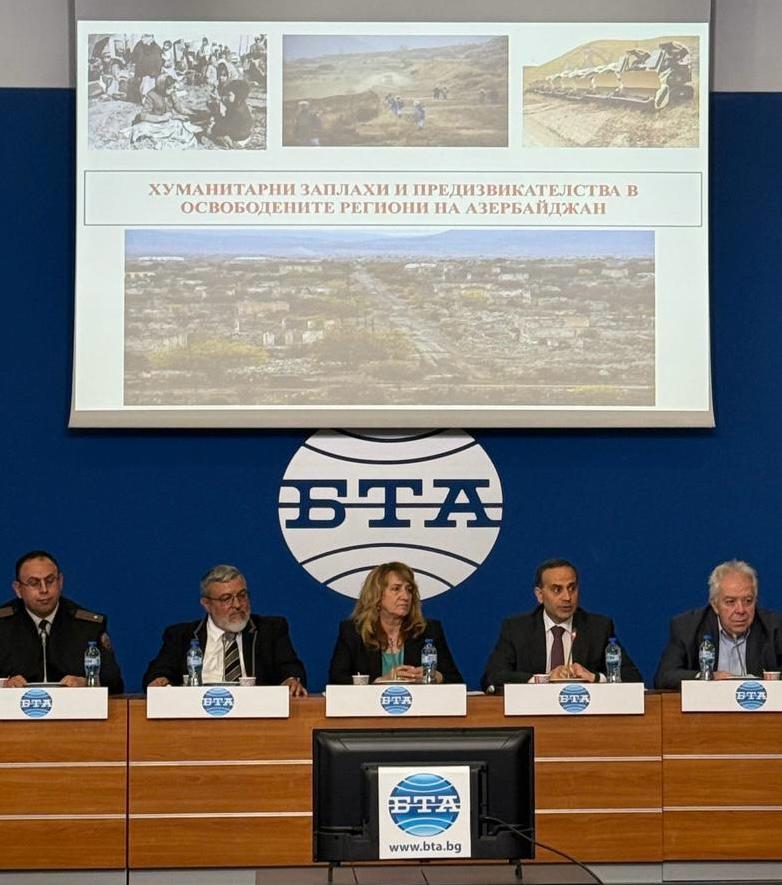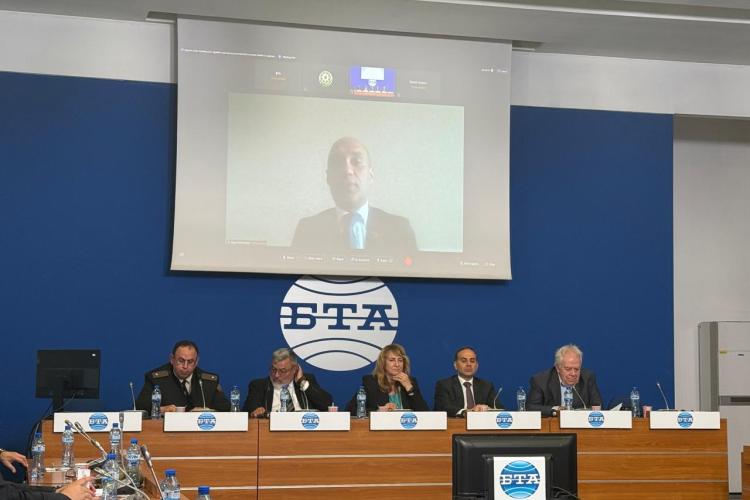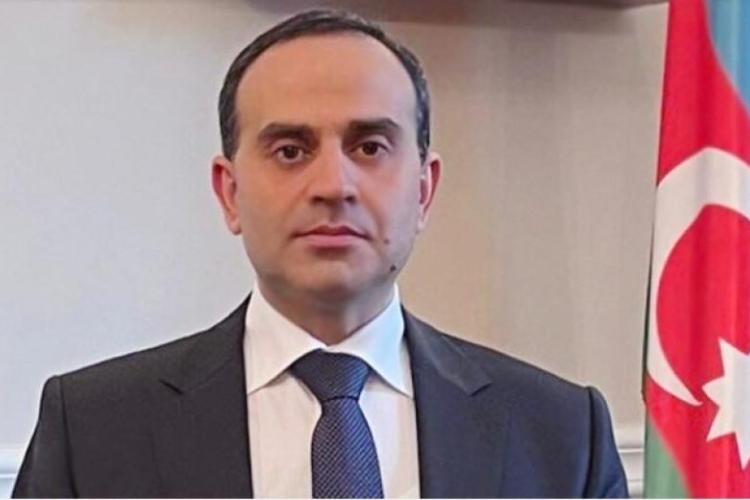H.E. Ambassador Huseyn Huseynov Ph.D.: Yet, no meaningful reconstruction can be achieved until the land is safe. And the international community has a vital role to play in this regard. Continued support in the form of funding, expertise, and technology can significantly reduce the time and human cost. Beyond the geopolitical narratives this is all about the humanitarian need and emergency.
The strong support by international community will be a test of resilience, coordination, and international solidarity. As the country works to reclaim not only its territory but also its future, ensuring that each step taken on the soil of its liberated territories is safe becomes a powerful act of healing—and hope.
On May 12, 2025, in Sofia, in the press conference hall of the BTA press club, a Round Table was held, dedicated to the problems of demining, rehabilitation and return of internally displaced persons and refugees in the liberated regions of the Republic of Azerbaijan. Below we present in thesis form the speech of H.E. Ambassador Huseyn Huseynov Ph.D.
Following the historic victory, Azerbaijan immediately launched large-scale reconstruction and restoration works in the liberated territories. Today, all available state resources and capacities have been mobilized to ensure the comprehensive revival of these regions. Restoration and rebuilding activities continue at a rapid pace under the direct supervision of the President.
Azerbaijan's restoration efforts focus on rebuilding infrastructure, reintegrating local populations, and unlocking the economic potential of these areas. The region's swift recovery, is testament to the effectiveness of Azerbaijan's post-conflict strategy. The ongoing construction projects are not just about restoring damaged structures but are also about shaping the future of these territories as vibrant centers of economic, cultural, and social activity.
The aftermath of war is often measured not only in the lives lost and infrastructure destroyed, but in the invisible dangers that persist long after the final shots are fired. The liberated territories of Azerbaijan remain one of the most heavily mined areas in the world. Following the end of the Second Karabakh War in 2020, Azerbaijan faces a monumental challenge: the detection and removal of hundreds of thousands of landmines and unexploded ordnance (UXO) scattered across its newly liberated territories. According to official Azerbaijani sources 1.6 million landmines and explosive devices are believed to be buried across the region.
Since the cessation of hostilities in 2020, about 400 Azerbaijani civilians and military personnel have been killed or injured due to landmine explosions, including deminers, journalists, and returning internally displaced persons (IDPs). The danger posed by these hidden killers has slowed the return of hundreds of thousands of IDPs to their ancestral homes, many of whom have waited decades to go back.
Tragically, many of the victims are civilians attempting to revisit their home villages, check on farmland, or assess the damage to their property. The government has repeatedly issued warnings and restricted access to liberated areas until they are declared safe, but the emotional pull of returning home has often proven stronger than the risks.
The presence of landmines not only endangers lives but also cripples economic development. Karabakh’s fertile lands, once known for agriculture and livestock, remain largely inaccessible. Farming, one of the primary sources of income for rural communities, cannot resume on any meaningful scale. Infrastructure projects—such as roads, schools, and power stations—also face delays due to the need for extensive demining before construction can begin.
Moreover, demining is a slow, expensive, and technically challenging process. A single square meter of land can take hours to clear, especially in mountainous or forested terrain. Weather conditions, topography, and outdated maps further complicate operations. The environmental toll is significant as well; some areas have been irreversibly damaged due to the long-term presence of mines and military activity.
While the liberated territories remain contaminated with ERW and in the line of fire, the return of IDPs and refuges remains a risky and problematic goal.
Azerbaijan correspondingly frames both right of return and mine clearance as essential drivers of sustainable development, recognizing the immediate links between humanitarian demining and the SDGs. To this end, the demining and resettlement as core components of Azerbaijan’s development goals.
Azerbaijani IDPs and refuges must have a voice in generating the development of their homeland. Their voices must consequently be made central to the design and implementation of a sustainable repopulation and development process.
Azerbaijani refugees forcibly expelled from their homes in Armenia are deprived from the implementation of the right of return to their ancestral lands for about 40 years which is a grave violation of supreme norms and principle of international law and human rights.
The return process requires the resolution of significant legal issues, a security component as well as the securing of large amounts of resources. Accomplishing all these tasks needs the support from the wider international community, along with that of Azerbaijan and Armenia.
The Western Azerbaijan Community representing the Azerbaijani refuges expelled from Armenia has repeatedly called on the Armenian government to engage in dialogue, but the opposing side has always turned down these initiatives. The goal of the Community is to facilitate a peaceful, safe and dignified return of our compatriots displaced from Western Azerbaijan to their ancestral lands. This is a purely human rights issue. Initiatives based on the successful implementation of the Concept of Return will make a great contribution to the peaceful, safe and dignified return of Western Azerbaijanis to their native lands.
Nowadays Azerbaijan is committed to transforming the region from a symbol of destruction into one of renewal. The construction of new towns, roads, and energy infrastructure are in full swing with the government promising to establish “smart city” network across the liberated territories.
Yet, no meaningful reconstruction can be achieved until the land is safe. And the international community has a vital role to play in this regard. Continued support in the form of funding, expertise, and technology can significantly reduce the time and human cost. Beyond the geopolitical narratives this is all about the humanitarian need and emergency.
The strong support by international community will be a test of resilience, coordination, and international solidarity. As the country works to reclaim not only its territory but also its future, ensuring that each step taken on the soil of its liberated territories is safe becomes a powerful act of healing—and hope.





